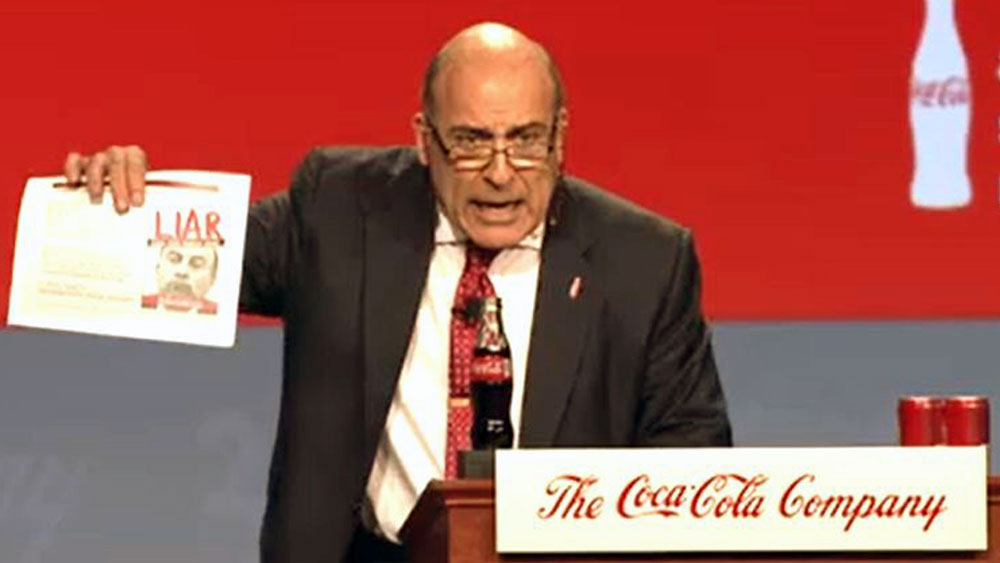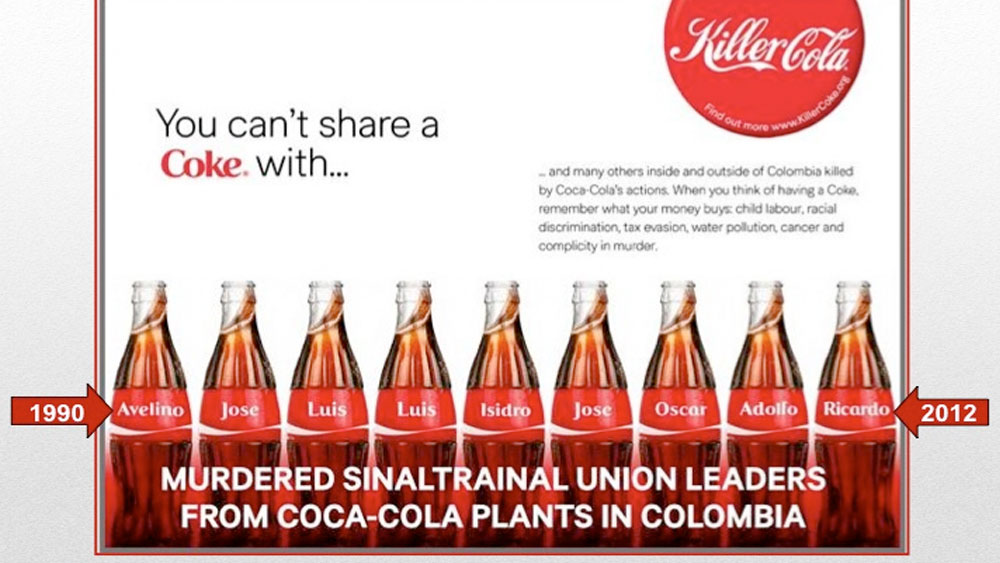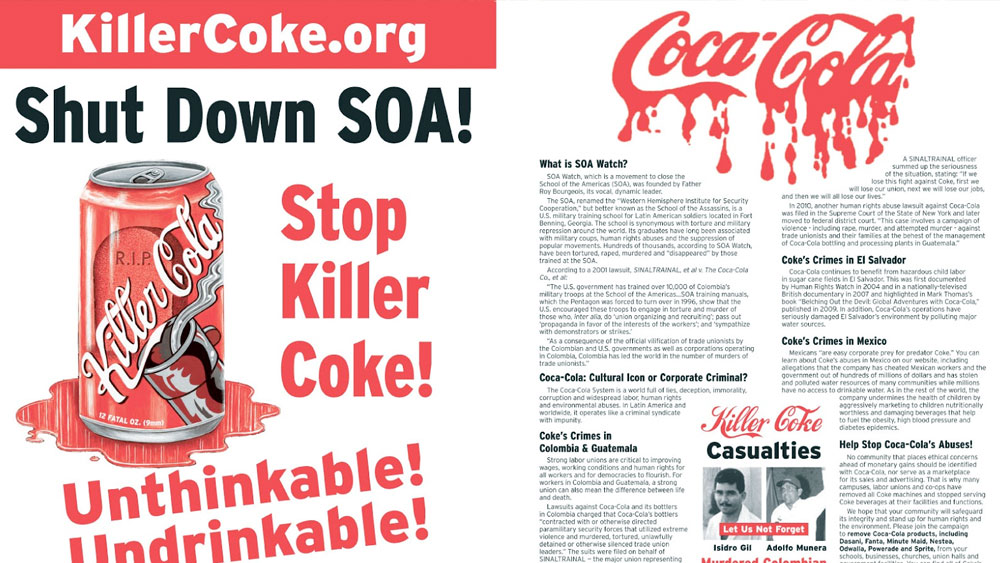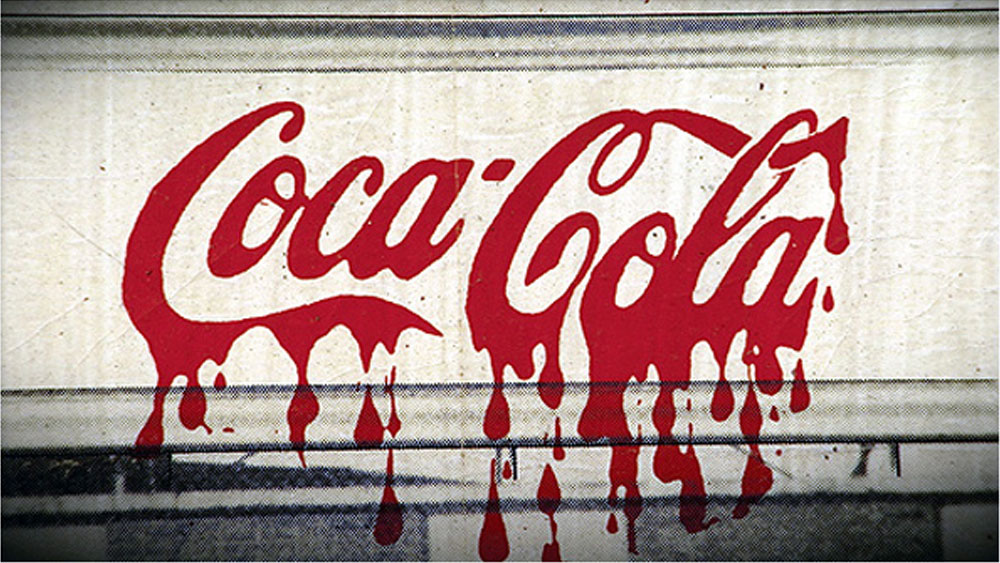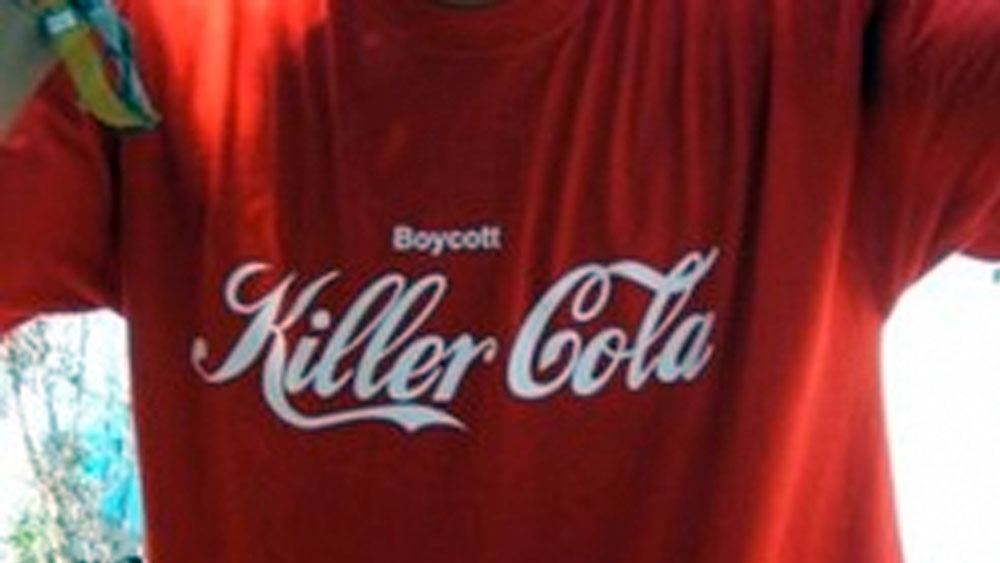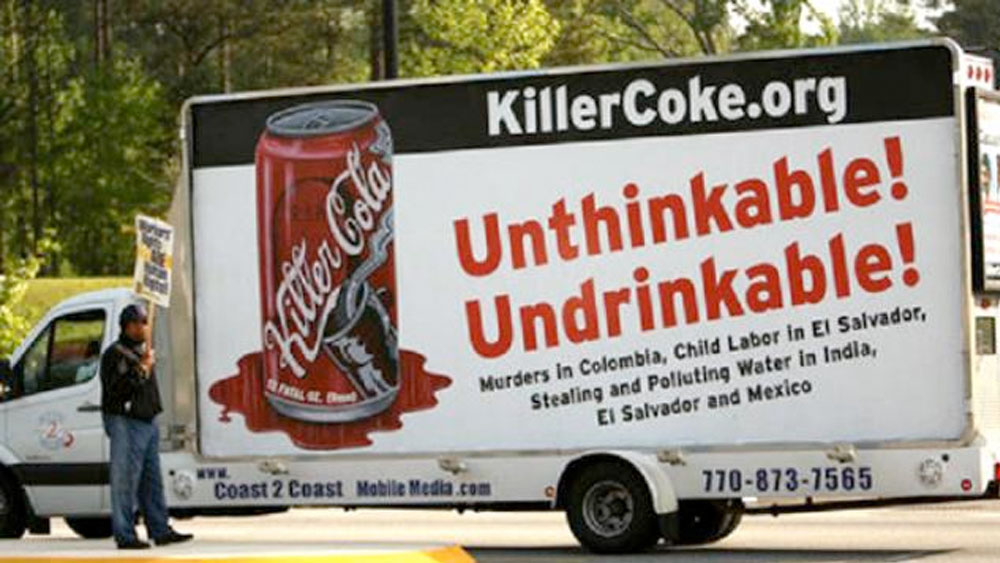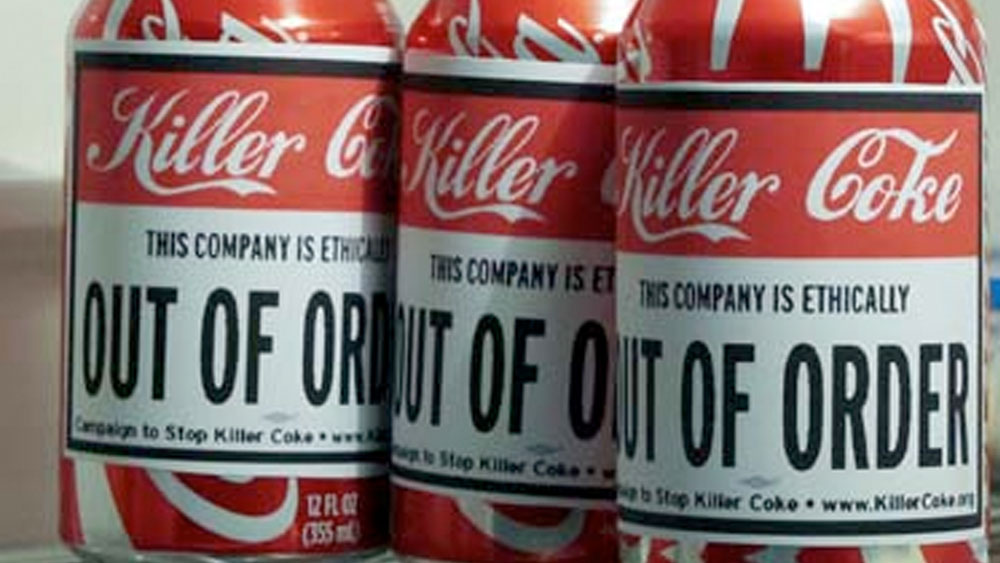Critics sour on rules for kids' food ads 10 firms make move in face of regulation
By John Schmeltzer | The Chicago Tribune | November 15, 2006
Original Article by Subscription>/p>
Ten of the nation's largest food and drink companies, including McDonald's and Kraft, said Tuesday that at least half of their advertising targeting kids will promote healthy foods or physical activity.
The companies, which bankroll two-thirds of all advertising dollars spent targeting American children, also agreed they would not advertise in elementary schools and would reduce the use of cartoon or movie characters, such as those from "The Little Mermaid" or "Cars," to promote foods like french fries or candy.
The new guidelines, which got a cool reception from watchdog groups, represent a pre-emptive move by the food industry to regulate itself in the face of threats of congressional action and other regulation. This comes as the number of overweight children has quadrupled in the United States since 1960. Recent studies have categorized 16 percent of U.S. children as obese.
The agreement "is an outstanding start and we hope to do more," said Steven Cole, president and chief executive of the Council of Better Business Bureaus, which oversees the Children's Advertising Review Unit, the industry-affiliated body that monitors children's advertising.
Critics, however, said Tuesday's update of the 30-year-old rules over children's advertising are modest and so qualified that they will require companies to make few, if any, changes to their current marketing practices.
The Children's Advertising Review Unit's "revised guidelines are the clearest indication yet that, when it comes to marketing to children, self-regulation has failed," said Susan Linn, a Harvard University professor and co-founder of the Campaign for a Commercial-Free Childhood.
Bandwagon effect
In addition to McDonald's Corp. and Kraft Foods Inc., the nation's largest food company, other companies signing on to the initiative are Cadbury Schweppes USA, Campbell Soup Co., Coca-Cola Co., General Mills Inc., Hershey Co., Kellogg Co., PepsiCo Inc. and Unilever.
The initiative piggybacks on efforts announced within the past two years to promote kids' health.
Last month, the Clinton Foundation announced that five snack food companies had agreed to bar sales of junk food in schools. At the same time, Walt Disney Co. said it will begin requiring restaurants in its domestic theme parks to sell more nutritionally balanced meals within two years. In the future, it plans to sign movie and other endorsement deals only with restaurants that limit fat and sugar in menu items. Last year, Northfield-based Kraft announced plans to stop advertising popular sugary and fatty snacks to kids under age 12.
But representatives of the 10 companies participating in Tuesday's announcement, in response to questioning during a conference call, could not offer any specific examples of changes they would be required to make in their advertising program as a result of the new rules that will take effect in about nine months.
And the new rules do not appear to go as far as Kraft's decision last year to bar all advertising to kids under age 6, as well as eliminate all marketing of its products in schools, not just advertising.
Same product, new message
The companies said they intended to keep making and promoting the same sugary cereals, french fries and chocolate bars.
Bill Lemar, marketing director for Oak Brook-based McDonald's, said an initial review indicated the company would not have to make changes in its marketing efforts, but "the guidelines are ones we are very happy to participate in."
"The key point for us is our advertising to kids specifically has been and will continue to be focused on foods, such as nuggets, apple dippers and milk, which meets almost any scientific guideline," he said.
Those who have been fighting food company practices said they want to see more done to regulate the industry.
Michael Jacobson, executive director of the Center for Science in the Public Interest said the only changes from the status quo in these guidelines occurs on the fringes.
"If a healthy lifestyle message means that Ronald McDonald is pedaling a bike while peddling junk food, that message still does more harm than good," he said, saying he hopes the new Democratic-led Congress will take a "fresh look" at the food industry's practices.
That could be in the cards.
While U.S. Sen. Tom Harkin (D-Iowa), incoming chairman of the Senate Agriculture, Nutrition and Forestry Committee, said Tuesday's agreement was a step in the right direction. Earlier this year, he introduced legislation that would change voluntary standards into federal requirements.
Cole, however, said criticism from the Center for Science in the Public Interest or the Campaign for a Commercial-Free Childhood is simply misplaced.
"This is really a new groundbreaking initiative by the companies. The criticism in the past was that companies did not present a range of message about nutrition and products," he said. "They now will promote at least half of their ads for healthier foods and healthier lifestyles.
"This may not be everything that [they] wanted, but it is a major step forward by the industry," he added.
Under the plan, the 10 companies will develop advertising and marketing programs that comply with the new rules during the next six to nine months.
Those will be submitted to the children's ad bureau, which will determine if they comply with the new standards. The ad bureau said it will post each company's approved agreement online.
New rules, little change
The food industry's self-imposed guidelines and expected impact:
GUIDELINE 1: Devote at least half of advertising directed to children on television, radio, in print and on the Internet to promote healthier dietary choices and messages that encourage good nutrition or healthy lifestyles.
IN PRACTICE: The new rules won't mean that some products high in sugar will get less airtime on after-school TV shows. One Kellogg Co. senior vice president said some of the company's sugary cereals have nutrients kids need and qualify as healthy.
GUIDELINE 2: Limit products shown in games to healthier dietary choices, or incorporate healthy lifestyle messages into the games.
IN PRACTICE: Companies will continue to market to kids through online "advergames," video games that involve a product and prompt kids to interact with it far beyond a 30-second TV spot, but the plots will convey a healthful message.
GUIDELINE 3: Do not advertise in elementary schools.
IN PRACTICE: That doesn't mean companies will be out of schools altogether. For example, McDonald's Corp. said Tuesday it plans to continue offering its Passport to Play curriculum to gym teachers, saying it is educational, not a marketing gimmick.
GUIDELINE 4: Do not engage in food and beverage product placement in editorial and entertainment content.
IN PRACTICE: Most companies involved already have internal policies on how they sell to kids that would limit this.
GUIDELINE 5: Reduce the use of third-party licensed characters that does not meet the initiative's product or messaging criteria.
IN PRACTICE: "The Little Mermaid" and "Cars" characters probably won't be hired to hawk foods to children, but Ronald McDonald, Tony the Tiger and Snap, Crackle and Pop will still star in ads.
— Compiled from Associated Press
FAIR USE NOTICE. This document contains copyrighted material whose use has not been specifically authorized by the copyright owner. The Campaign to Stop Killer Coke is making this article available in our efforts to advance the understanding of corporate accountability, human rights, labor rights, social and environmental justice issues. We believe that this constitutes a 'fair use' of the copyrighted material as provided for in section 107 of the U.S. Copyright Law. If you wish to use this copyrighted material for purposes of your own that go beyond 'fair use,' you must obtain permission from the copyright owner.
